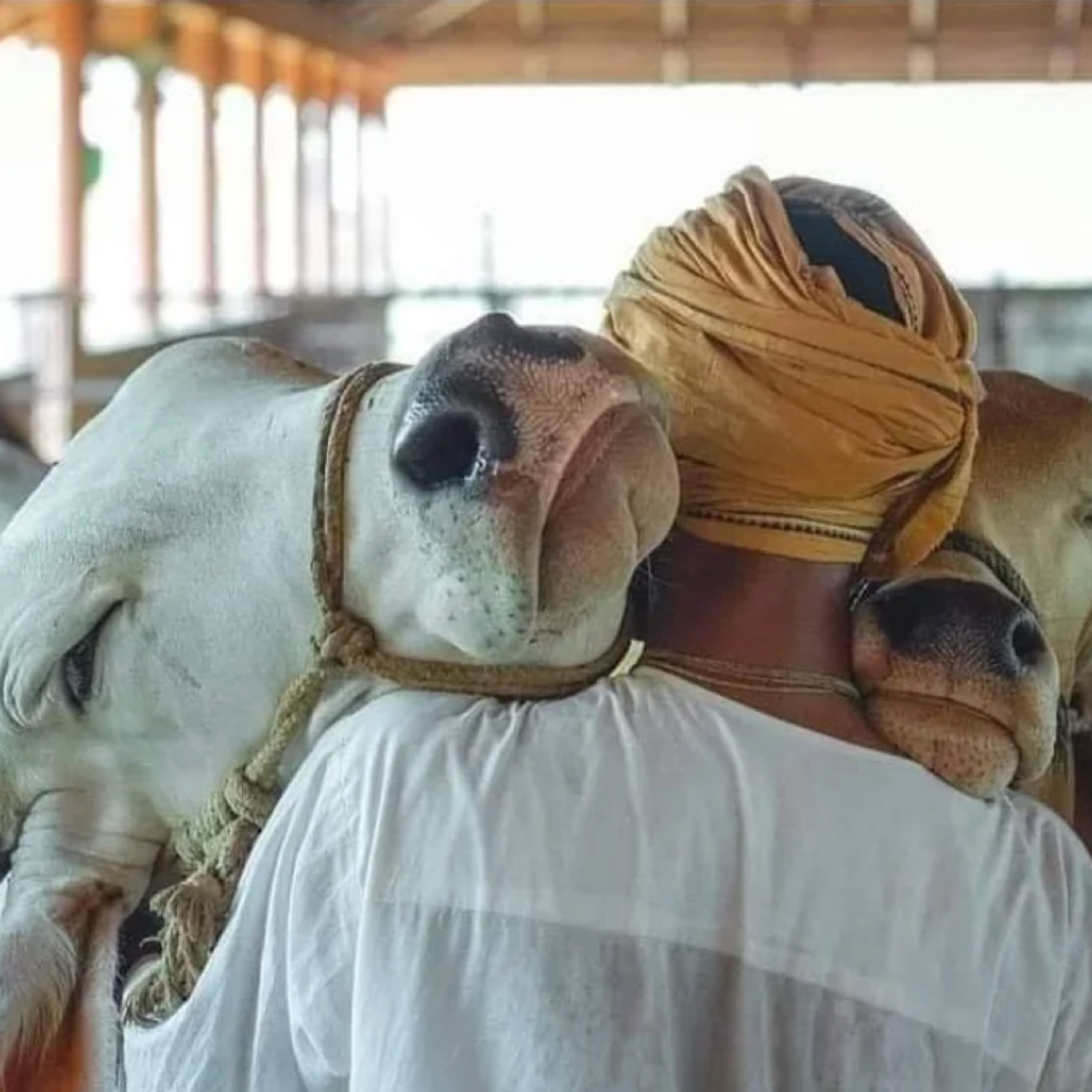Holy Cow! Hydroponic Feed is Water and Planet Saviour!
When we think about dairy farming, we often picture lush green fields and healthy cows. But hidden behind every glass of milk is a water story we rarely hear.
Did you know?
Growing traditional green fodder crops like maize or alfalfa consumes up to 2,500–3,000 liters of water per 1 kg of feed.
But Shunya’s Nutri Ankurit Feed — grown using hydroponics & modern vertical systems — needs less than 100–150 liters per 1 kg of fresh green fodder.
That’s up to 20 times less water!

Why is this important?
- India faces a green fodder deficit of 30–35%.
- 70% of India’s freshwater is already used for agriculture.
- Dairy farmers are pressured to deliver higher yields while coping with shrinking land and water resources.
- Climate change is making rainfall erratic and traditional farming riskier.
Water is the backbone of agriculture, but it’s becoming a scarce commodity.
How does Nutri Ankurit Feed help conserve water and more?
- Grows without soil — 95% less water evaporation.
- Daily harvest cycle — quick growth (6–8 days) with minimal inputs.
- Small footprint, big impact — 100 sq ft hydroponic units can produce the equivalent of 1 acre’s worth of green fodder annually.
- Cleaner feed — no mud, no pesticide runoff, no nutrient leaching.
- No plastics used in packaging – further making it environment friendly
- Completely consumable – no wastage of organic matter
At Shunya Agritech, our Nutri Ankurit Feed (NAF) hydroponic systems are engineered to produce highly nutritious, water-efficient green fodder that supports better animal health and reduces environmental strain.
Beyond Nutrition & Water Saving : A Larger Climate Solution
Every drop saved is a step toward a sustainable future.
By shifting even a fraction of India’s dairy fodder production to hydroponics, we can conserve millions of liters of freshwater annually — safeguarding livelihoods, animals, and ecosystems alike.
Shunya’s Mission
At Shunya, we aren’t just innovating feed — we’re reimagining dairy farming for a new, resource-conscious India.
Join us on this journey toward smarter, greener agriculture.
#Hydroponics #Sustainability #DairyInnovation #SaveWater #HolyCow
Read more about Nutri Ankurit Feed
Follow Shunya Agritech on Linkedin, X, Facebook & Instagram for regular updates. Subscribe to our Youtube Channel.

The podcast reviews the latest research & publications in the everything animal husbandry – the milk economy, livestock wellness and health, small and large dairy farmers in India, challenges and opportunities, agritech and more.
Sahiwal & Gir – our bovine podcasters review (and simplify) the latest in research reports, publications, books and news in the Indian dairy / animal husbandry domain and at times do venture into adjoining domains.
And Yeah, almost forgot to mention – these episodes by Sahiwal & Gir are AI enriched! Listen in, learn and share.
This podcast focusses on ways of Transforming Dairy Nutrition: Leveraging Hydroponic Fodder to Optimize Performance in Low-Quality Dry Roughage Diets.


